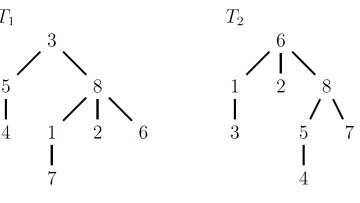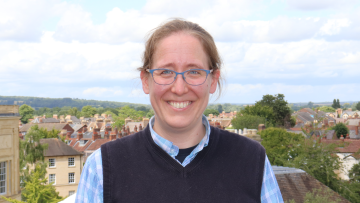Unramified geometric class field theory
Abstract
Roughly speaking, class field theory for a number field K describes the abelianization of its absolute Galois group in terms of the idele class group of K. Geometric class field theory is what we get when K is instead the function field of a smooth projective geometrically connected curve X over a finite field. In this talk, I give a precise statement of geometric class field theory in the unramified case and describe how one can prove it by showing the Picard stack of X is the “free dualizable commutative group stack on X”. A key part is to show that the usual “divisor class group exact sequence“ can be done in families to give the adelic uniformization of the Picard stack by the moduli space of Cartier divisors on X.
The spherical Hecke algebra of GL(n,F)
Abstract
The Hecke algebra is an algebraic gadget for studying the smooth complex representations of locally profinite groups. We demonstrate the spherical Hecke algebra of GL(n,F) is commutative and present a combinatorial proof of the Satake isomorphism. We apply this to the classification of spherical representations of GL(2,F).
So famous you've never heard of them, Fanny were one of the first all-female rock bands. This track is a cover of a Beatles song (who you probably have heard of). It is from an episode of Beat Club, the legendary German sixties and seventies music programme. It has a treasure trove of performances from the period.
The delivery of this year’s Mathematics Admissions Test (MAT) has caused widespread distress and difficulties, most especially for the candidates themselves. The Oxford Mathematical Institute would like to apologise for this distress, and assure everyone that our priority is to ensure that no one is disadvantaged during the admissions process. We would also like to thank everyone who has provided feedback so far, whether via the special consideration forms or via email and social media.
Oxford Mathematics and Balliol College will be hosting an afternoon to celebrate the life and contributions of Vicky Neale who died in May of this year.
November 11, 2023, 14.00–16.30
Mathematical Institute, University of Oxford, Woodstock Road, OX2 6GG
If you would like to join us, please register here
You can leave your memories of Vicky here.



